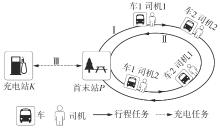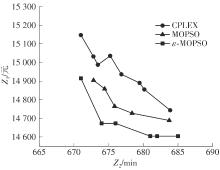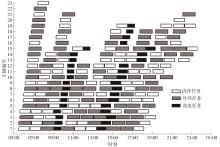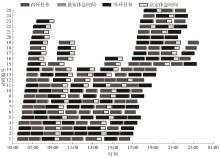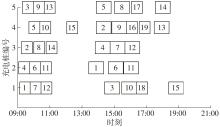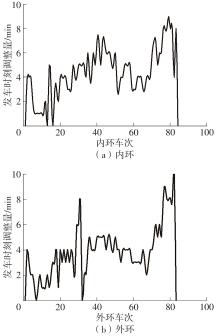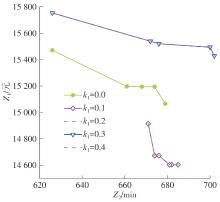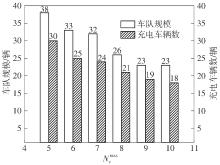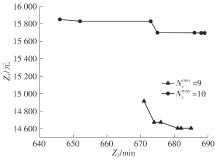华南理工大学学报(自然科学版) ›› 2025, Vol. 53 ›› Issue (6): 91-103.doi: 10.12141/j.issn.1000-565X.240440
环线电动公交车辆调度与司机排班的联合优化
- 1.东北林业大学 土木与交通学院,黑龙江 哈尔滨 150040
2.辽宁省交通运输事务服务中心,辽宁 沈阳 110003
Joint Optimization of Loop Line Electric Bus Vehicle Scheduling and Driver Scheduling
HU Baoyu1( ), QI Yue1, JIA Dianjing2, CHENG Guozhu1(
), QI Yue1, JIA Dianjing2, CHENG Guozhu1( )
)
- 1.College of Civil Engineering and Transportation,Northeast Forestry University,Harbin 150040,Heilongjiang,China
2.Liaoning Transportation Affairs Service Center,Shenyang 110003,Liaoning,China
摘要:
为了解决环线电动公交车辆和司机任务分配不均衡的问题,提出了一种联合优化调度模型。该模型主要通过顺、逆时针方向互相调配车辆和司机来提高整体利用率。在给定环形线路和人车不固定的情况下,综合考虑车辆行驶里程、工作量、充电桩数量、车辆充电时间、司机工作时间、休息时间等约束,以公交企业总运营成本最小化和时刻表总调整量最小化为目标制定有序充电管理计划和车辆、司机调度方案。在求解方面,首先将混合整数非线性规划模型通过线性转换转化成线性规划模型,并使用CPLEX求解器得到调度方案;其次采用多目标粒子群算法(MOPSO)和基于
中图分类号:
